Welcome to the Alnwick Poison Garden, where everything wants to kill you
- Welcome to Alnwick Poison Garden: the most dangerous garden in the world.
T FIRST glance it seems like a typical English country garden: lush trees billowing over manicured topiaries, pretty blooms dotted along gravel paths, and everything neatly enclosed in an antique-style, wrought-iron fence.
But on closer inspection, nothing here is really that innocent.On the gate leading to this green oasis is a grim message, a genuine warning of what lurks inside: “These plants can kill”.That is the sign that greets intrepid visitors to the Alnwick Poison Garden in Northumberland, UK, a sinister botanical wonderland that is home to 100 of the world’s most lethal plants.Tourists have fallen ill and fainted here, having flouted stern advice to not smell or touch anything that grows inside.
It looks pleasant enough — but it’s really not. Picture: MadrabanSource:Flickr
The garden is in the grounds surrounding Alnwick Castle, the traditional seat of the Duke of Northumberland, and is arguably northern England’s darkest tourist attraction.The castle itself is steeped in history and was featured as Hogwarts School of Witchcraft and Wizardry in the first two Harry Potter films, as well as a filming location for Downton Abbey.For generations, the grounds surrounding the castle were little more than abandoned forestry.But then Jane Percy, the poison garden’s visionary patron, became Duchess of Northumberland in 1995.
She wanted to transform the neglected wilderness into a garden, but not the kind usually seen in the English countryside — she wanted something that would inspire awe, fascination, and perhaps a little dread.
Consider yourself warned. Picture: Wikimedia CommonsSource:Supplied
“If you’re building something, especially a visitor attraction, it needs to be something really unique,” she told the Smithsonian.“One of the things I hate in this day and age is the standardisation of everything. I thought, ‘Let’s try and do something really different’.”She considered an apothecary-like garden, filled with healing herbs and other natural goodness, until a trip to Italy provided more macabre inspiration.She visited the Medici family’s infamous poison garden in Padua, where she became introduced to a dangerous kind of flora: the kind that could kill, rather than heal.“What’s really interesting is to know how a plant kills you, and how the patient dies, and what you feel like before you die,” the duchess said.
Most plants that kill are quite interesting.”The duchess set about curating terrifying botanicals for her garden of horrors, which opened in 2004 and currently draws about 800,000 tourists a year.Visitors can see up close — but not too close — more than 100 different species of deadly and intoxicating plants and discover the science and history behind them, as well as the myth and legendry that gave them their infamy.So genuinely dangerous are these species, groundskeepers have to wear gloves and take extra precautions when tending to the gardens.
Garden of horrors. Picture: MadrabanSource:Flickr
Some plants are permanently kept in cages, while the entire garden is secured and under 24-hour guard.Among the deadly flora at Alnwick are foxgloves, atropa belladonna — also known as the deadly nightshade — and hemlock, the plant that killed the philosopher Socrates.There is also ricinus communis, which can annihilate internal organs with a single seed, and nux vomica, which is the source of the pesticide strychnine.Even some common plants are seriously dangerous: a daffodil bulb can kill a person, and leaves from the seemingly innocuous laurel hedge are not much safer.
The duchess said some tourists had taken laurel leaves as a souvenir from the garden only to fall asleep at the wheel while driving away, having succumbed to the toxic fumes from the leaves.All visitors to Alnwick are told not to touch or smell, much less taste, the plants.“People think we’re being overdramatic when we talk about (not smelling the plants), but I’ve seen the health and safety reports,” the duchess told the UK’s TheTelegraph.“Datura is an incredible poison, but an amazing aphrodisiac, too, and you see it everywhere.“In Argentina, even nowadays, some people put a bell of datura ... on a baby’s pillow at night, then take it away after five minutes and the baby has gone to sleep. If it were left all night the baby would be dead in the morning.
“Victorian ladies used to sit around a table with a datura plant in the middle and play cards or have tea. They’d pop their cup under a bell, tap it, and pollen would fall into the cup. They would experience similar effects to that of LSD.”Even more interestingly, the duchess also grows narcotics in her poison garden.She has a licence to grow marijuana, cocaine and magic mushrooms, and also nurtures opium poppies and tobacco plants.
But she does so in the name of education — the garden has in more recent times also served as a place in which to warn youngsters about the perils of drug use.“I thought: if you can engage a child through stories of gruesome and very painful deaths, which is how most of these plants kill, you can then teach them about other things by stealth without them realising they are being taught a valuable lesson,” the duchess told the Smithsonian.“If they knew that, it would also fail.“It was all about storytelling and there are so many great true stories out there which have been forgotten, really.” source.>http://www.news.com.au/travel/travel-ideas
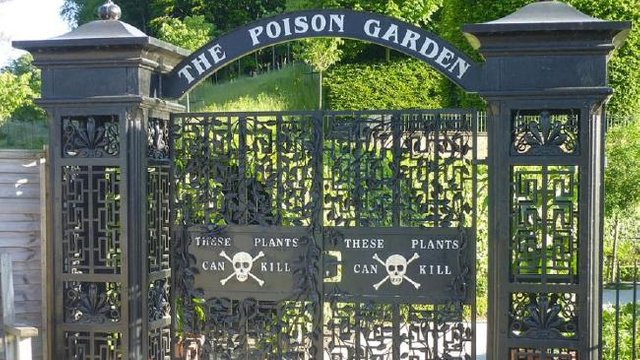
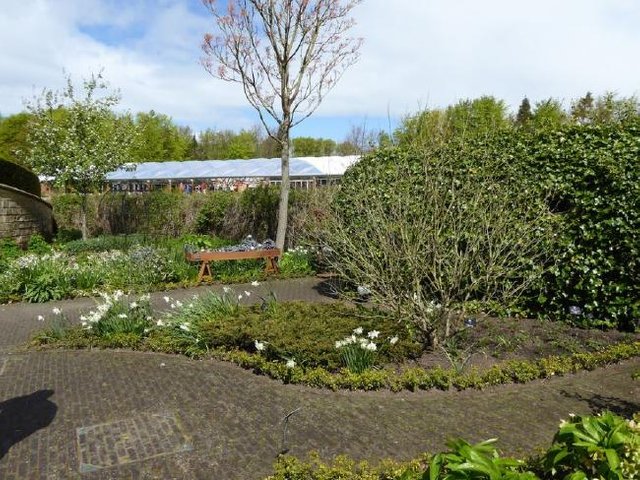
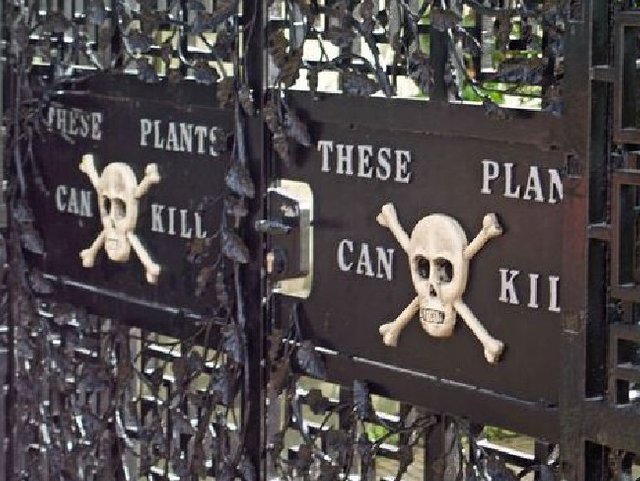
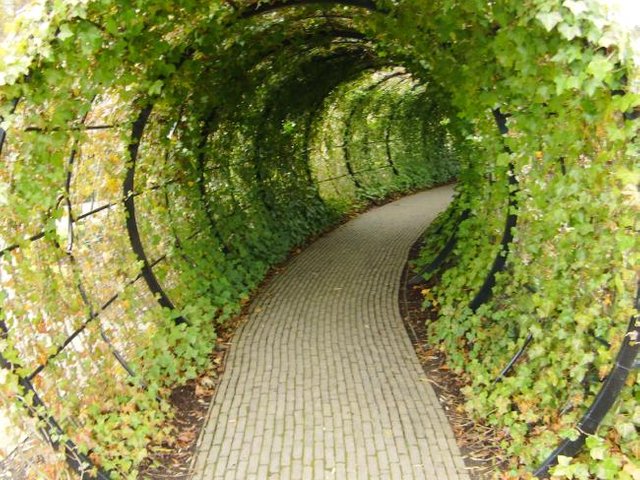
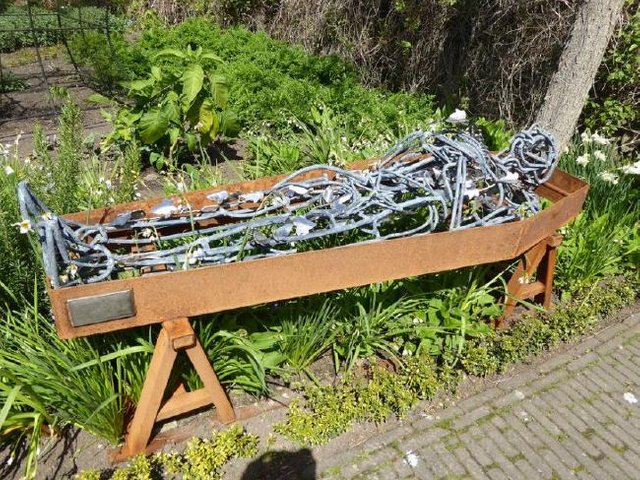
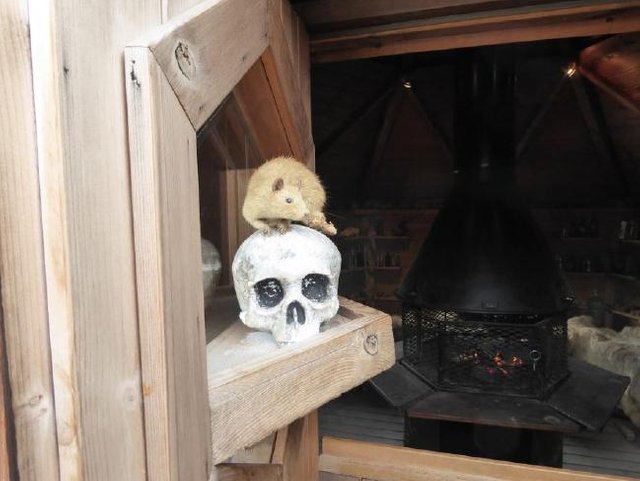
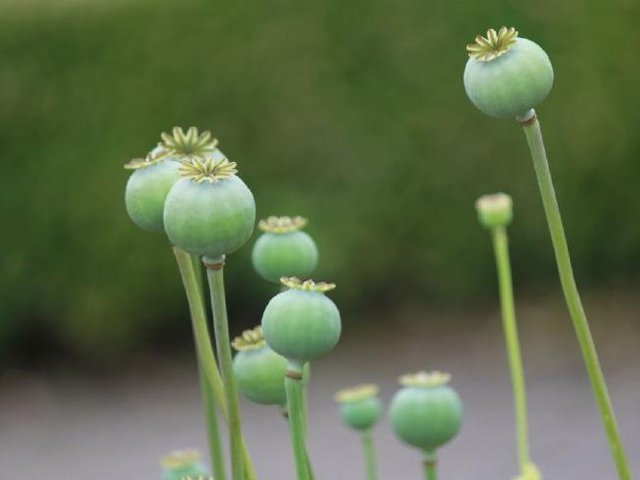
Copying/Pasting full texts is frowned upon by the community. Sharing content by itself adds no original content and no value.
Sharing content and adding value by:
Repeated copy/paste posts are considered spam. Spam is discouraged by the community, and may result in action from the cheetah bot.
Creative Commons: If you are posting content under a Creative Commons license, please attribute and link according to the specific license. If you are posting content under CC0 or Public Domain please consider noting that at the end of your post.
Not indicating that the content you copy/paste is not your original work could be seen as plagiarism.
If you are actually the original author, please do reply to let us know!
Thank You!